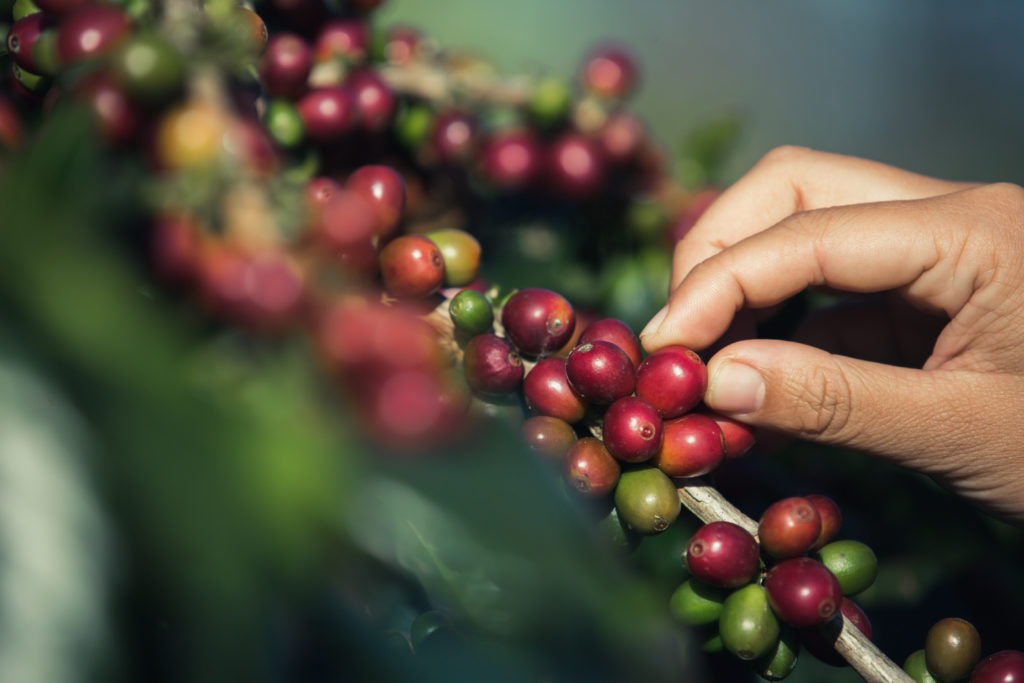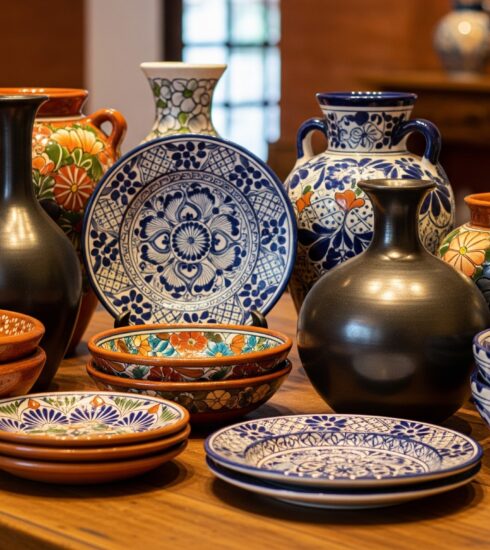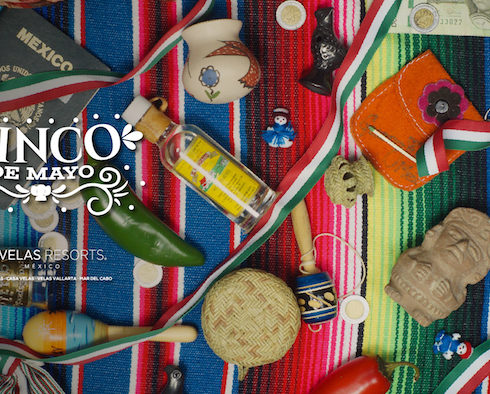Mexican coffee and its secrets
The aroma of coffee in the morning is one of the best sensations to start the day, especially if you are a fan of this delicious drink. Of course, their different ways to prepare it have made everyone have their favorite. Although historically there is no exact date when the drink with coffee beans originated, it is a fact that around the 15th century it was already cultivated in Yemen, but it was until the 16th century that coffee cherries were brought to Italy. Since then it expanded little by little around the world, various techniques were experimented to have better flavor and thus obtain what we know today.
Undoubtedly, Mexico is characterized by its great variety of typical drinks with national ingredients, but how did coffee arrive and why is it so important in our culture?
After the Spanish conquest, coffee began to be cultivated in Córdoba, Veracruz, a place that still stands out today for its coffee production. At that time, indigenous communities adapted this plant with techniques that evolved.
Due to climatic conditions, its cultivation soon spread to Oaxaca, Chiapas, and Puebla, which are areas in which almost 90% of the production of this flavorful fruit is currently concentrated.
From the field to the cup

The techniques to obtain the well-known coffee beans are different, but there are 8 main stages to extract the maximum flavor.
- Plantation: Once the coffee tree begins to grow, it takes between 3 and 4 years to produce its cherries. It is a very careful process so the coffee trees are usually planted under leafy trees that protect them from the sun and other damaging agents.
- Harvest: Each year ripe cherries are harvested, there are two techniques to obtain them, by manual or mechanized harvesting (which in the end is also a careful selection to have the best cherries).
- Processing: The pulp is removed and the seed is extracted, which goes through various processes (depending on the characteristics of the coffee). This is how you get what is called parchment coffee or gold coffee.
- Cured: This grain is shelled to classify it according to characteristics that only experts can recognize. This way it is ready to export or continue with the process.
- Tasting: At this point, each grain is differentiated and classified in such a way that in the next step more color and/or flavor can be obtained.
- Roasting: The beans are placed at 392 ºF or higher to remove moisture and enhance their famous color and flavor.
- Ground: With this step, it is reduced to a powder full of aroma, ready to prepare a cup of coffee.
- Preparation: The most important step to savor and give the personal touch to that drink that we enjoy so much. Whether with milk, without sugar, cold or hot, it is the final stage. Did you know how long the process was?
Extra facts

- Around 63% of the coffee consumed in the world is produced in America, with Mexico being one of the main producers.
- The main varieties of coffee bushes are the Coffea robusta and Coffea arabica.
- International Coffee Day was celebrated for the first time in 1983, promoted by the Coffee Association in Japan, however, it was officially recognized by the Food and Agriculture Organization of the United Nations (FAO) until October 1, 2015. Since then, the wonder of this drink has been recognized among coffee lovers.
- In Mexico, there are more than 120 types of grains.
- One cup contains vitamins B5, B2, antioxidants, magnesium, and potassium, which contribute a lot to your body, also reducing the risk of heart attacks, diabetes, and some types of cancer. Further, alert your senses and improve physical condition.
Who do you love to share a cup of coffee with?




